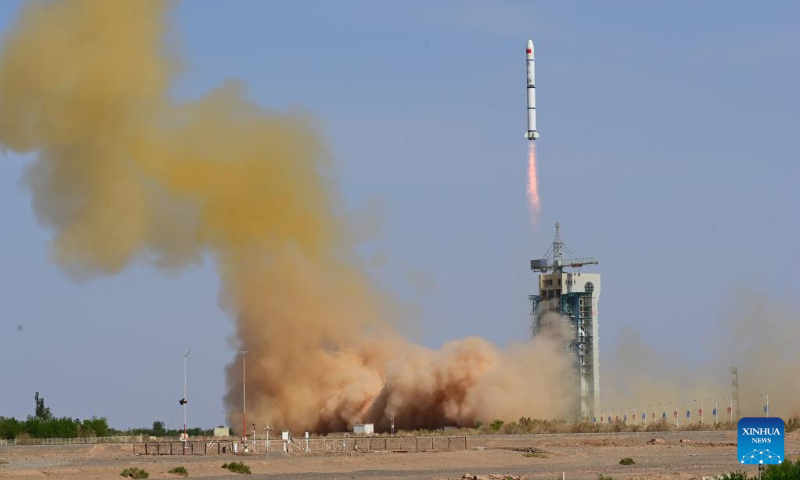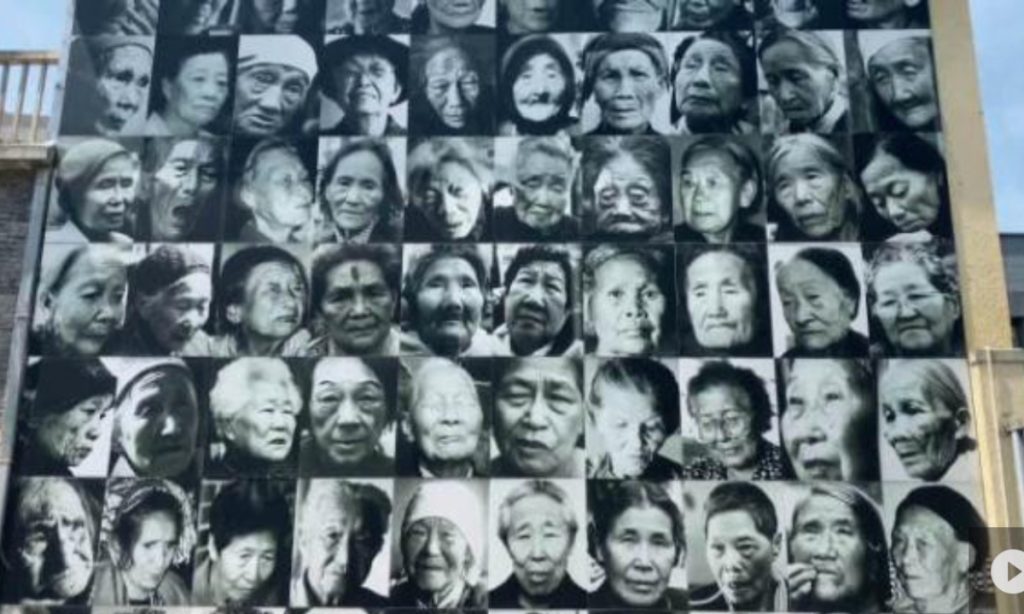China launches 1st mainland-Macao cooperation space science satellite

On Sunday afternoon, China successfully launched the Macao Sicence-1 space satellite for scientific use , the first of its kind. The satellite was jointly developed by mainland and Macao agencies, Global Times learned from China National Space Administration (CNSA.)
The satellite was successfully launched into preset orbit via a Long March-2C carrier rocket from the Jiuquan Satellite Launch Center in Northwest China at 4 pm on Sunday.
This was the 474th flight mission of the Long March carrier rocket series. A scientific experiment satellite named Luojia-2 was sent into space at the same time.
As the world's first low-latitude geomagnetic field and space environment scientific detection satellite, the Macao Sience-1, featuring the highest geomagnetic field detection accuracy in China, will significantly improve the level of the country's space magnetic measurement technology, the CNSA said in a statement to the Global Times on Sunday.
The project was jointly initiated by the CNSA and the government of China's Special Administrative Region (SAR) of Macao and the detection data will be shared by both sides, the CNSA noted.
Such project explored a new path for cooperation between mainland and the Macao SAR, adding new impetus to the regional development of the Guangdong-Hong Kong-Macao Greater Bay Area and the high-quality development of aerospace technology, the CNSA said.
After the satellite is launched into orbit, it will be able to function as a good complementary observation point together with the European Swarm satellite and the Zhangheng-1 satellite, realize the measurement and research of the Earth's low-latitude magnetic field and space environment changes and monitor the temporal and spatial changes of the magnetic field in the South Atlantic geomagnetic anomaly area.
Additionally, the satellite will provide valuable observational data for human beings to study the evolution of the geomagnetic field for a long time, to further promote China's research progress in the fields of lithospheric magnetic field, origin of geomagnetic field, space weather forecast, geomagnetic navigation, spacecraft space operation safety and high-precision satellites.








